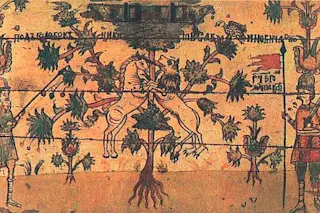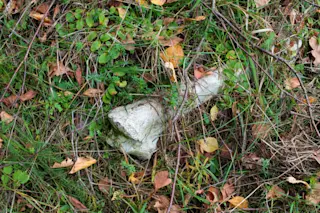Depictions of the "tree of life" have come a long way — and changed in meaning — since this 17th century Russian take on it. (Credit Wikimedia Commons) Who doesn't love free stuff? I know I do. And a renovation of open access evolution database TimeTree is a treasure chest of data for the taking. The idea of a tree of life has been an element across many cultures for millennia, but since the days of Darwin it's become a handy way to visualize how species diverge from common ancestors over time. TimeTree, a self-described "public knowledge-base" about the evolutionary timeline for life on Earth, has been around for seven years. It's the product of Temple University researchers who wanted to gather nerdy data from thousands of studies using DNA and number-crunching calculations of the rate of speciation, then translate all that into a user-friendly way of looking at life ...
TimeTree's New Look At Evolution — And It's Free!
Explore the revamped tree of life with the TimeTree evolution database, revealing species divergence and customizable insights.
More on Discover
Stay Curious
SubscribeTo The Magazine
Save up to 40% off the cover price when you subscribe to Discover magazine.
Subscribe













